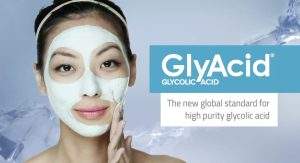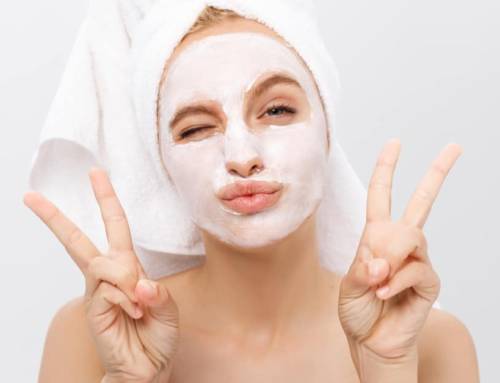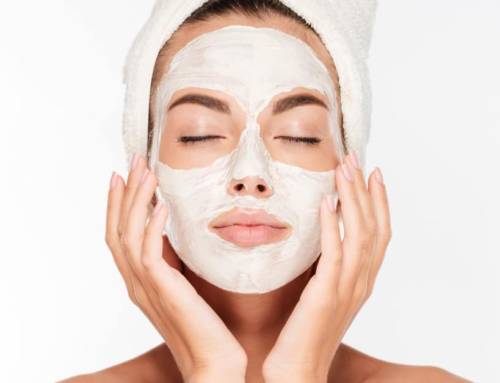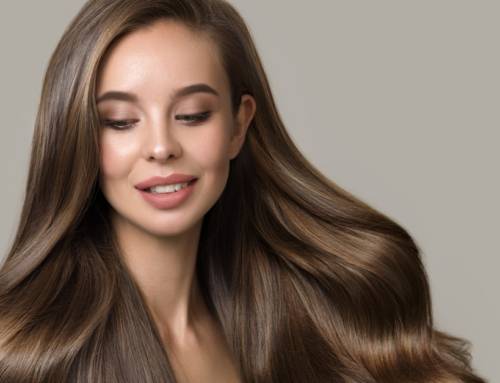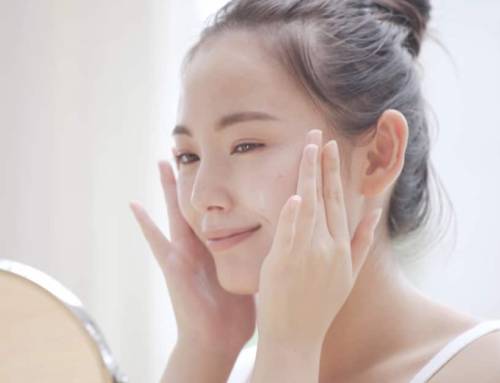Adult Acne is Rising – How Formulators Can Fight It

While the burgeoning adult acne problem is particularly troublesome for consumers who thought they left breakouts behind with their teenage years, it’s also a chance for formulators to step up and create innovative, and supremely helpful, new anti-acne products targeted to a more mature audience.
Adult acne: the basics
Adult acne differs from adolescent acne in that it is more likely to be inflammatory and occur around the “surgical mask areas” of the mouth, chin, and jaw, according to The International Dermal Institute.
Typically, acne occurs on the lower third of the face due to changing hormone levels. Experts theorize that after cycling through adolescence, adult women are experiencing a resurgence of acne due to hormonal fluctuations that come with aging.
“We theorize that the skin is going through a new puberty,” said Joshua Zeichner, the director of cosmetic and clinical research in dermatology at Mount Sinai Hospital in an interview with the New York Times.
“We theorize that the skin is going through a new puberty.”
Joshua Zeichner,
Mount Sinai Hospital
Additionally, premenstrual hormonal dips and hormonal fluctuations caused by perimenopause could also be the culprits behind the rise of adult acne.
Causes behind the adult acne epidemic?
There’s a multitude of factors behind the increase in adult acne. The most notable? Stress. Acne is caused by the overproduction of oil from sebaceous glands. When skin becomes too oily, it leads clogged pores, redness and discoloration, and in the worst case scenario – angry blemishes and breakouts.
Unfortunately for adult acne sufferers, oil glands tend to kick into overdrive during times of duress. As consumers adapt to the often maddening concerns of adulthood – mounting bills, career woes, tricky social navigations – acne could be an unfortunate side effect.
Additionally, the usage of hair care products, like hair spray, shine serums, or styling products like gels or mousse, is also partially to blame for the relatively new adult acne phenomenon.
“Styling products seep oil onto the forehead, which can trap acne-causing bacteria in your pores,” dermatologist Richard Fried said in an interview with Everyday Health. “Many times … what you’re using on your hair winds up on your face, especially if you use products with spray applicators.”
Since adult women typically use more hair styling products than their younger counterparts, their usage is also linked to the increase of adult acne breakouts – which are up almost 200%, according to recent studies and dermatologist reportings.
A final factor behind the adult acne epidemic? Too much skin “care.” Many dermatologists are blaming multi-step skincare routines, or an overtreatment of skin, as the leading cause behind the upswing in adult acne cases. By piling on multiple products, consumers can inadvertently inactivate hero ingredients in formulations, or simply overload and overwhelm their skin. With the recent uptick in popularity of multi-step skincare routines, it’s no wonder too many or improperly applied products could also be a driving force behind the adult acne phenomenon.
Opportunities for formulators
The treatment of adult acne requires both treating the root causes of acne, while keeping in mind the specific skincare needs of a more mature consumer.
There are several key differences between teenage acne and adult acne. First, teenage acne typically occurs on the top half of the face, while adult acne shows up on the lower part of the face. Teenage skin is also stronger than adult skin, thanks to peak collagen and elastin levels. Finally, teenage skin is often more uniformly oily than adult skin. Overall, adult skin is simply more sensitive and dry than adolescent skin. Thus, the skincare products created expressly to treat adult acne must be formulated with several factors in mind: moisturization, skin sensitivity, and battling acne.
It’s these three factors that make glycolic acid is the perfect ingredient to for adult acne product formulations. Glycolic acid is the top AHA exfoliator, and excels at removing dead cells on the surface of the skin. By removing these old cells, the cells can no longer mix with sebum on the skin’s surface, clog pores, and ultimately create breakouts.
Additionally, glycolic acid takes on a preventative role in adult acne skincare formulations. Glycolic acid’s ability to rapidly drive new skin cells to the surface of the skin helps maintain skin health, as newer cells are less likely to become clogged with oil, dirt, or other pollutants that lead to breakouts.
And, there’s one more benefit of incorporating glycolic acid into adult acne skincare products – increased collagen and elastin production. As the skin ages, collagen and elastin production within the body naturally slow down. However, topical application of glycolic acid has been shown to boost collagen and elastin levels. Glycolic acid in adult acne products is thus the ultimate double whammy – anti-aging and anti-acne benefits, all in one skincare product.
As the adult acne epidemic continues to rise around the globe, formulators can help ease the pain of consumers by offering skincare products specifically designed to target facial acne and provide a host of other benefits to aging skin.

